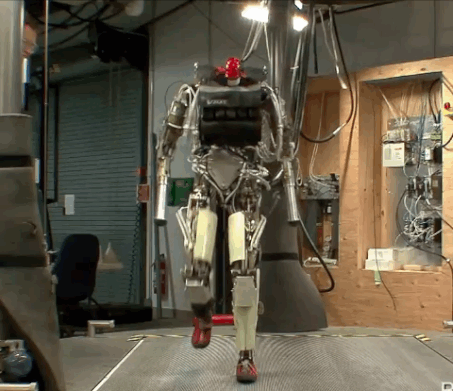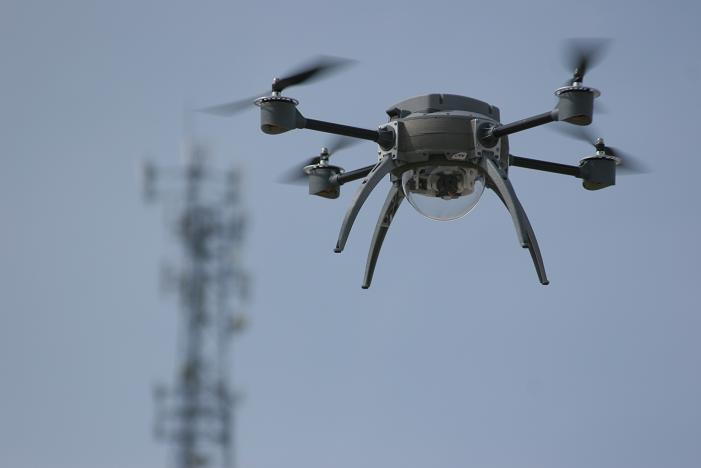Peter W. Singer, who wrote Wired for War and coauthored (with August Cole) Ghost Fleet: A Novel of the Next World War, just did a really interesting Ask Me Anything at Reddit about the fire next time. In addition to the exchanges below, Singer’s long answer to a question about the U.S. response to Chinese cyberattacks is definitely worth reading.
_______________________
Question:
Do you think that having high-tech weapons and capabilities lowers the threshold for taking military actions? Thinking of drones as an immediate example and cyberwarfare as a coming one.
Peter W. Singer:
Yes, I think that is a risk. The new generation of tech lowers the bar to entry in 2 ways: 1) Unlike Atomic bombs or aircraft carriers, they are much easier for nations and even non state actors to individuals to gain and use. Indeed, over 100 nations already have cyber military units and 80 have drones, while less than 10 have nukes and only one has supercarriers, but 2) The new generation of technology also moves the human role sometimes geographically off the battlefield and sometimes chronologically from the point in time of its use. So it creates distance and among many a percerption of less risk. Leaders and their public don’t look at the decision to use force in the same way. So that also lowers the barrier of entry to conflict. Think how we’ve carried out more than 400 drone strikes into Pakistan, but no one thinks of it as a “war.” To be clear, this perception of less risk doesn’t mean the actual costs are removed. The costs hit in everything from casualties in that target area to blowback over the longterm. I did a piece a few years back on this.
______________________
Question:
As I understand it, a large part of U.S. defense and security policy has been built around having a technological superiority over any potential adversary and so I would like to ask you if you believe that this strategy will continue to be viable in the foreseeable future and what potential trends or developments are/might impact it?
Peter W. Singer:
That is exactly one of the key questions the book plays with.
In every fight since 1945 (when Germany had jets and we had prop planes), US forces have been a generation-ahead in technology. It has not always translated to decisive victories, but it has been an edge every other nation wants and its baked into our assumptions. Yet US forces can’t count on that “overmatch” in the future. Some of our trusted major platforms are now vulnerable to new classes of weapons, but also we face a new tech race. China, for example, just overtook the EU in R& D spending and is on pace to match the US in five years, with new projects ranging from the world’s fastest supercomputers to three different long range drone strike programs. And now off-the-shelf technologies can be bought to rival even the most advanced tools in the US arsenal. The winner of a recent robotics test, for instance, was not a US defense contractor but a group of South Korea student engineers.
There is another interesting aspect of this that comes from cyber attacks. We’re planning to spend over a Trillion (no typo, a T) dollars on a new stealth fighter jet, the F35, that was planned to be a generation ahead of any potential foe. And yet that program has been hacked on at least 3 occasions. The result is that F35 has a near twin, the J31, before its even operational for us. It is hard to win an arms race, when you are paying the R&D for the other side.
______________________
Question:
I’m not sure if this is outside your field, but a few weeks ago I asked Defense Secretary Carter what technological developments interested him the most, and although he didn’t say that it directly interested him the most, he indicated that biotechnology has the potential to be very transformative for modern warfare. Do you have any thoughts about this? Any important systems, companies, personalities etc to keep an eye out in regards to this?
Peter W. Singer:
Yes, the pace of breakthrough in that field is actually moving much faster than even Moore’s Law for IT. Some amazing things happening in genomics etc. We played a bit with human performance modification tech in Ghost Fleet and another scene on Brain-Machine interface, but genomics is one we didn’t tap, which could be transformative. And to be clear, “transformative” means you get amazing new capabilities, but also amazing new questions and dilemmas and problems.
______________________
Question:
Do you think U.S. political leaders have a good handle on emerging high technology (and the benefits/risks thereof) or should the general population be concerned?
For example: drones, cybersecurity/cyber warfare, internet policy in general, etc.
Peter Singer:
No, sadly not. Just way behind in their understanding of not merely where we are headed, but where we already are. The result is that they often make simple errors with major consequences and are taken advantage of by “hucksters” who are invested in some particular tech or role, and spin a little amount of knowledge to their own advantage. We see it in everything from defense issues to the “cyber walls” discussion in presidential debates, where all the candidates nodded in seeming agreement, as someone used a term that is literally made up and makes no sense.•





